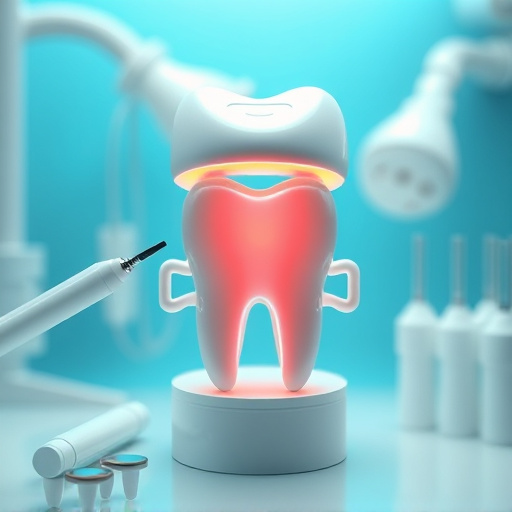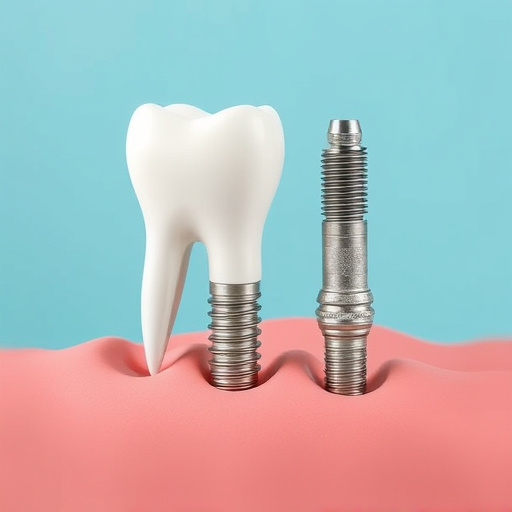Scaling and root planing are crucial dental procedures for removing plaque, tartar, and bacteria below the gum line, effectively preventing and reversing gum diseases like gingivitis and periodontitis. These non-surgical cleanings prepare the mouth for cosmetic enhancements like dental bonding or fillings, promoting both oral health and systemic wellness by addressing the connection between oral and overall body health. Regular check-ups and professional cleaning are key to maintaining tooth health and a vibrant smile.
Scaling and root planing are essential dental procedures aimed at improving gum health and preventing periodontitis. This comprehensive guide delves into the world of these treatments, explaining their significance in maintaining optimal oral hygiene. We’ll explore when they are necessary, demystifying the process, and emphasizing post-procedure care through oral guidance. Understanding the recovery process, optimal oral hygiene practices, and regular follow-ups ensures long-term dental health.
- Understanding Scaling and Root Planing
- – Definition and significance in dental health
- – When is it necessary? Identifying the signs
Understanding Scaling and Root Planing
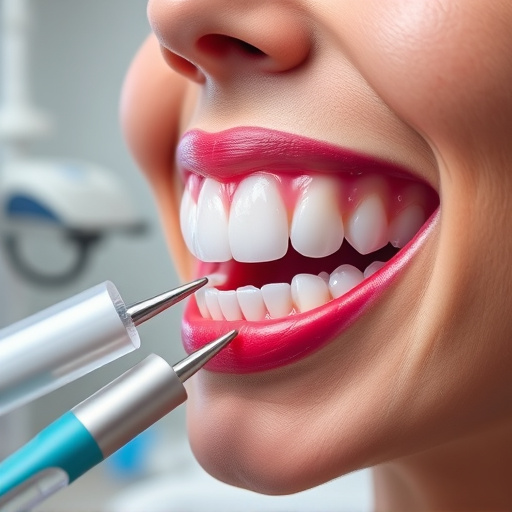
Scaling and root planing are essential dental procedures that aim to remove plaque, tartar, and bacteria from the teeth and gum line. This deep cleaning process involves two main steps. Scaling is the initial step where a dental professional uses specialized tools to gently remove the buildup of plaque and tartar above and below the gumline. Root planing follows, focusing on smoothing and shaping the root surfaces to promote healthy attachment between the gums and teeth.
These procedures are crucial for maintaining oral health, preventing gum disease, and addressing any existing periodontal issues. It’s worth noting that scaling and root planing can be particularly beneficial for individuals with gingivitis or periodontitis, offering a more comprehensive solution compared to routine cleaning. Moreover, it paves the way for other cosmetic dental treatments like dental bonding or even cosmetic fillings, ensuring a healthier base for enhancing one’s smile.
– Definition and significance in dental health
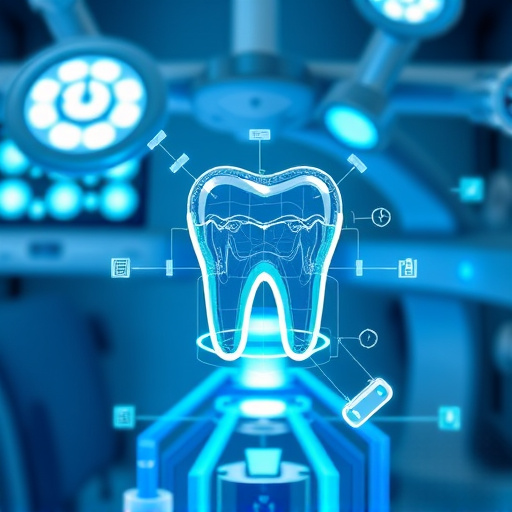
Scaling and root planing are essential dental procedures that play a crucial role in maintaining optimal oral health. This non-surgical cleaning process involves thoroughly removing plaque, tartar, and bacteria from the teeth and gum line, both above and below the gingival margin. By eliminating these detrimental factors, it helps to prevent and reverse gum disease, a common yet serious oral health issue.
The procedure is significant not only for its ability to promote healthy gums but also for its positive impact on overall systemic health. Unaddressed gum disease can lead to more severe complications, including dental implants damage, bone loss, and even heart problems. Therefore, scaling and root planing, often recommended by family dentistry professionals, are essential steps in maintaining not just a beautiful smile but also a robust, healthy body through the connection between oral and systemic wellness, particularly relevant when considering cosmetic dentistry procedures that enhance both functionality and aesthetics.
– When is it necessary? Identifying the signs
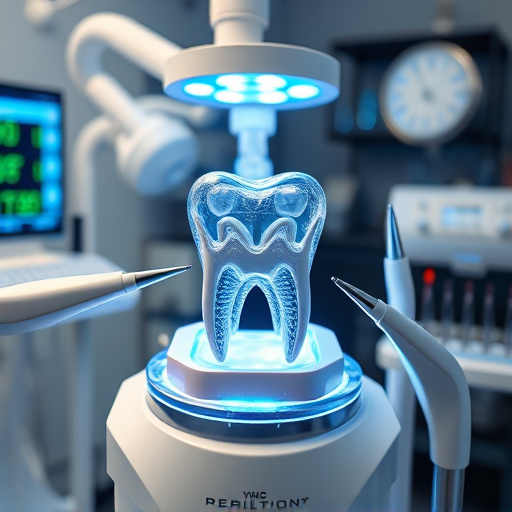
Scaling and root planing is a crucial dental procedure when it comes to maintaining optimal oral health. It becomes necessary when individuals exhibit signs of periodontal disease, such as gum inflammation, bleeding gums, or deep pocket formation around teeth. These issues can arise due to various factors, including poor oral hygiene, plaque buildup, and tartar accumulation below the gumline.
Identifying these warning signs early on is essential. Regular dental check-ups and professional teeth cleaning (including scaling and root planing) can prevent or manage periodontal diseases effectively. Restorative dentistry plays a vital role in tooth repair and ensuring a healthy smile in the long term.
Scaling and root planing are essential procedures for maintaining optimal oral health. By removing plaque and tartar buildup, these treatments prevent gum disease and tooth decay. Regular follow-up oral guidance ensures that these initial steps lead to long-term dental well-being, making it a crucial component of any comprehensive oral care routine.








